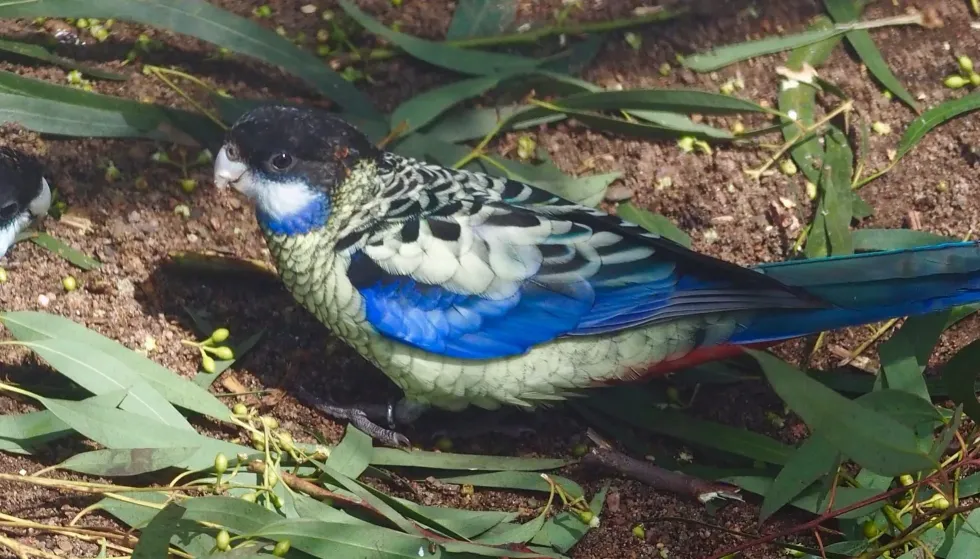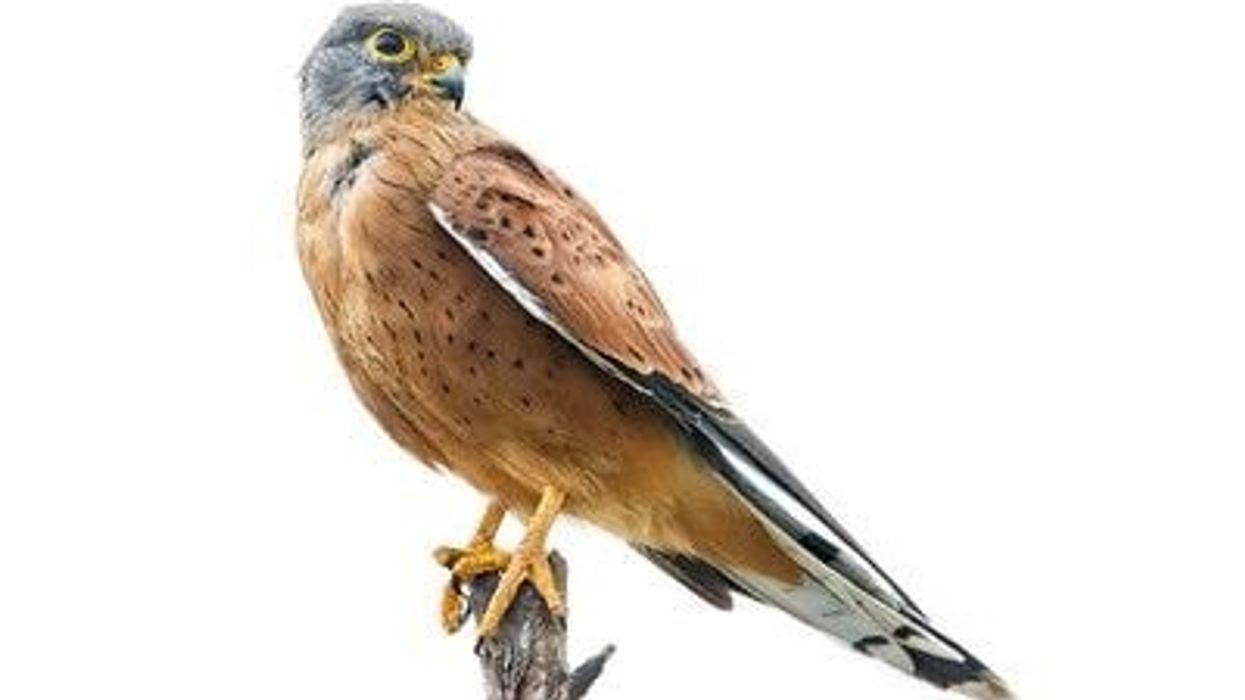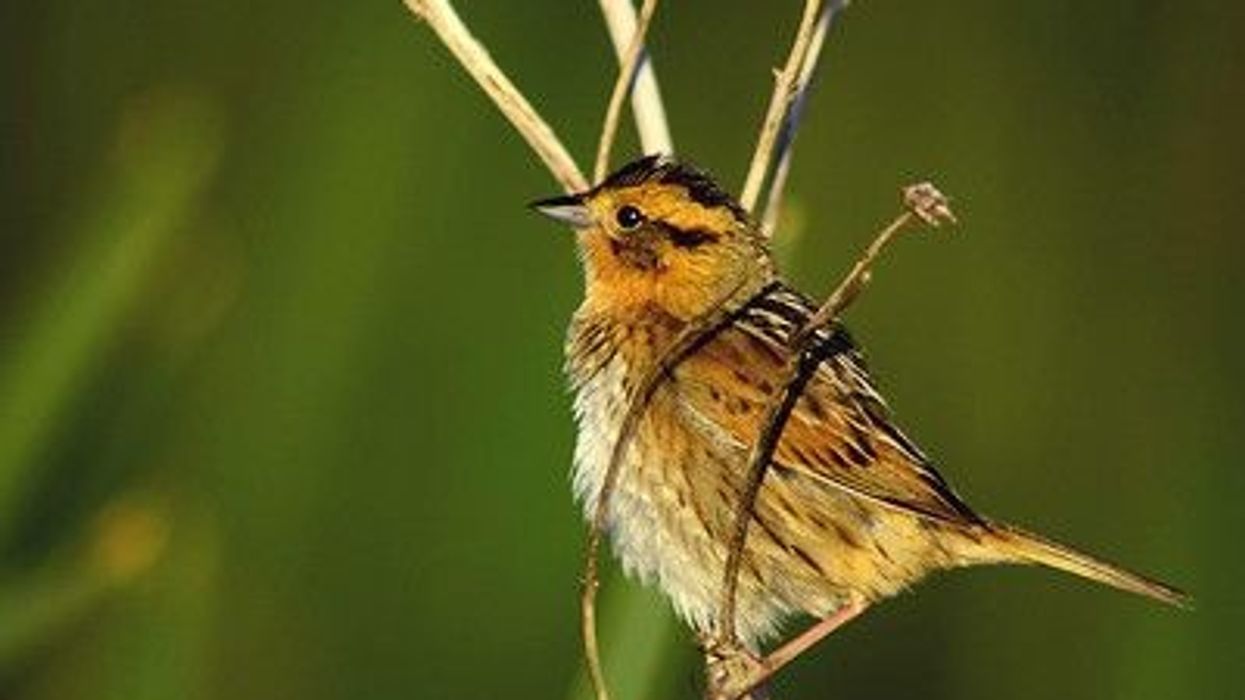The northern rosella (Platycercus venustus) is as beautiful a species as its name. These birds have multi-colored feathers and a long tail which is sure to win you over. Their underparts are pale yellow and their tails sometimes have a red patch, making the most spectacular contrast.
The northern rosella is found in North Australia and is a native to this place. They are also found in places such as Arnhem Land and Kimberley, and their habitat consists of wild woodlands and forests. The diet of these birds is pretty simple and consists of seeds, fruits, and flowers.
Northern rosellas are close relatives of crimson rosellas, green rosellas, and eastern rosellas and can be found in pairs, perching on a tree.
For more relatable content, check out these Amazon parrot facts and blue jay facts for kids.
Northern Rosella Interesting Facts
What type of animal is a northern rosella?
The northern rosella, scientific name Platycercus venustus, is a species of birds that is native to North Australia.
What class of animal does a northern rosella belong to?
In scientific terms, the name of the class that these beautiful birds belong to is Aves. In popular language, however, we classify them as birds.
How many northern rosellas are there in the world?
There are no definite numbers regarding the exact population of the northern rosella. However, their conservation status suggests that the population of this species is stable and that they are thriving in their wild habitat.
Where does a northern rosella live?
A northern rosella can be most commonly found in woodlands and in forests of eucalyptus, acacia, and pine. They also prefer to be near water bodies to ensure that insects are found readily. These animals perch on trees in these woodlands or forests and enjoy solitary time.
What is a northern rosella's habitat?
The northern rosella is found in northern Australia and is native to that land. These birds are not a migratory species which means that they can be found in Australia throughout the year. Although, since they are a nomadic species of birds, they may sometimes be hard to find in certain places.
They occur most frequently in places such as the Gulf of Carpentaria, Kimberly, Arhem Land, and parts of Queensland where the temperatures are ideal for them.
Who do northern rosellas live with?
Northern rosellas are not a colonial species and they are never found in large groups or families. These birds either live a solitary life on the branch of a tree or in pairs with their mate. Northern rosella birds can be found perching on the same tree, but alone and at a distance from neighboring pairs.
How long does a northern rosella live?
The average lifespan of a northern rosella in the wild is about 15 years, since they are faced with a lot of predators and proper care is not taken by anyone. In captivity, however, these birds can live for about 20 years or more.
How do they reproduce?
The northern rosella is an oviparous species which means that these birds are egg-layers. Male northern rosellas take part in various courting acts during the breeding season which the females reciprocates.
The breeding season is from September to January in most cases, however, there are some places where the breeding season is from February to June, depending upon the climate.
Male northern rosellas make various mating calls, and both the males and the females feed each other before the eggs are laid in tree hollows. Females take care of the eggs during the entire incubation period, while the male parents take up the responsibility of feeding the mother bird.
After the eggs hatch and the young ones emerge, they are fed by both parents for the entire period when they are bound to the nest, known as fledging. Even after the young fledge, they are fed by the parent northern rosellas for quite a while.
What is their conservation status?
According to the IUCN, the conservation status of the northern rosella bird species is of Least Concern. This means that the population of these birds is not likely to see a dip in the near future.
Additionally, the fact that this bird species is also a recognized pet means it is unlikely that their population will significantly reduce anytime soon.
Northern Rosella Fun Facts
What do northern rosellas look like?
Northern rosella birds have a dark colored crown on their head and white or blue cheek patches. These blue or white patches on each cheek give these birds their distinctive look. The plumage is colorful and spectacular.
They also have pale yellow underparts and dark blue colored wings. Their tails also have blue feathers that are quite magnificent. The Northern Territory subspecies and Western Australian subspecies can be distinguished by their cheek patches. The Northern Territory subspecies of rosellas has white cheeks and the hilli subspecies has blue cheeks.

How cute are they?
These colorful little birds of the parrot family are absolutely adorable. Their colorful plumage and the white or dark blue cheek patches, beautiful tail, and pale yellow underparts fit right into anyone's idea of a cute bird.
What might motivate some people to think otherwise is the fact that the northern rosella or brown's parakeet and its subspecies are somewhat loud, but we can hardly ignore the fact that each species or subspecies of animals has its own call which cannot be held against it.
How do they communicate?
The calls of these parrot-like birds are somewhat loud and vary depending on various factors. Some of the factors are the time of the day when smutty rosellas are making the calls, the proximity of breeding season, and whether or not they are eating. When eating, smutty rosella birds make soft chattering noises that are quite beautiful.
How big is a northern rosella?
The northern rosella, brown's parakeet, or smutty rosella is a medium-sized bird. It is smaller than a western rosella and stands at a length of 11-13 in (29-32 cm).
To give you better perspective, the northern spotted owl is about 10 times as big as a northern rosella, and an European robin is about half the size of our friendly species of parrots.
How fast can a northern rosella fly?
There are no studies that tell us about the exact speed of the northern rosella species, however, the range of their wingspan suggests that these birds are quick flyers.
How much does a northern rosella weigh?
The average northern rosella (Platycercus venustus) weighs around 3.2-3.9 oz (90-110 g). For a comparative understanding, they weigh almost five times as much as an average European goldfinch.
What are the male and female names of the species?
There are no distinct names for male and female northern rosellas. We will simply have to refer to them as a male northern rosella and a female northern rosella.
Males and females of this species and subspecies, such as hilli, have roughly the same northern rosella appearance. Interestingly, a female of this species has a duller plumage than a male.
What would you call a baby northern rosella?
A young northern rosella is called a nestling or chick.
What do they eat?
The diet of these birds and their subspecies is mainly herbivorous. They feed on seeds, fruits, green leaves, and flowers that are readily available to them in their habitat.
Occasionally, they also feed on certain small insects and worms. This takes place mostly when a male northern rosella or brown's parakeet takes food for the female to their nest while she is incubating the eggs.
Are they poisonous?
These birds and their other similar species such as the pale-headed northern rosella, crimson rosella, and eastern rosella are not known to be poisonous or harmful in any way.
Would they make a good pet?
While some people shy away from having these animals as pets, some are accepting of the tendencies of this bird species. They are particularly easy to feed as their main diet consists of seeds and flowers. Some occasional fruits such as bananas is sure to make you the best pet-parent in their eyes.
Although, be warned that this parrot look-alike can be quite playful and chew some of your belongings. As is a rue with any parrot species, these animals believe everything that is around them to be toys.
Did you know...
A common northern rosella predator is rufous owl.
The northern rosella range map runs throughout north Australia.
The diet of rosellas is mainly herbivorous. They feed on sunflower seeds, quinoa seeds, safflower seeds, pumpkin seeds, green leaves, and flowers.
Rosellas make their nest inside tree hollows.
Are rosellas endangered?
It is quite rare to spot a rosella bird such as a pale-headed northern hybrid rosella, western rosella, crimson rosella, green rosella, or the Northern Territory subspecies of northern rosella. At the same time, none of the species are declared as endangered.
What is the difference between a parrot and a rosella?
The main point of difference between parrots and rosellas is that unlike the former, rosellas cannot mimic human speech.
Here at Kidadl, we have carefully created lots of interesting family-friendly animal facts for everyone to discover! Learn more about some other birds from our whiskered treeswift facts and American pipit facts pages.
You can even occupy yourself at home by coloring in one of our free printable Northern rosella coloring pages.









